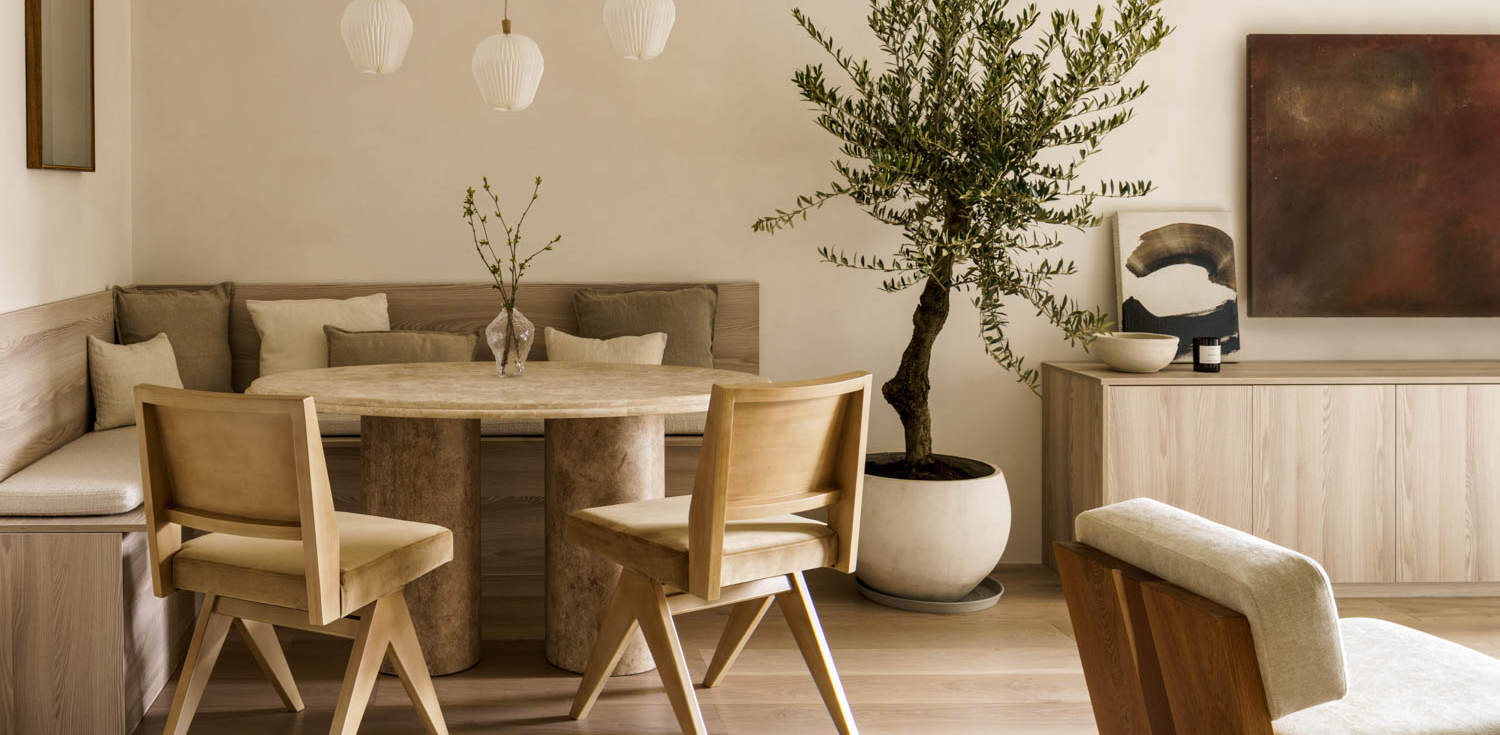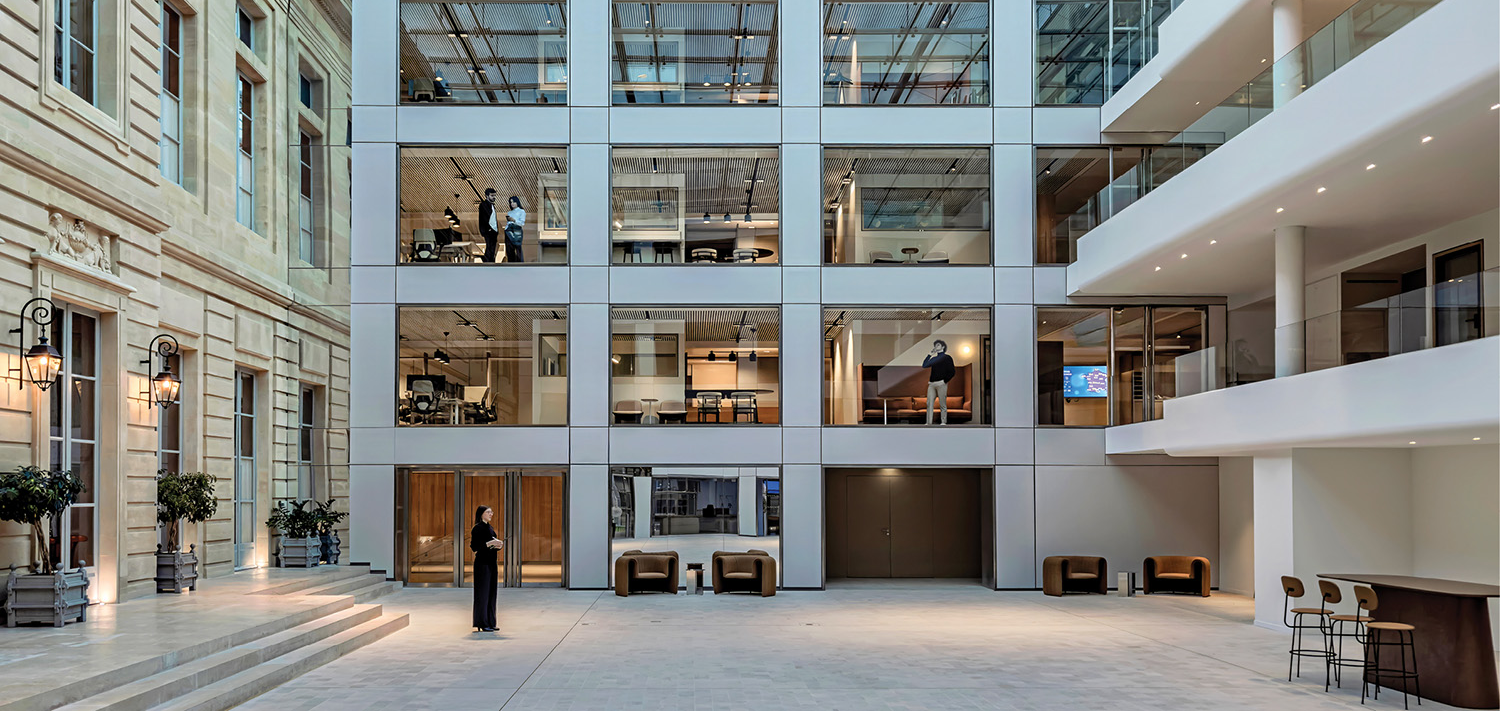The New Wave: Four Youthful Architecture Firms are Hotbeds of Innovative Ideas
Firm: Modus Architects
Project: Damiani-Holz & Ko, Bressanone, Italy
Italian native Matteo Scagnol and Cairo-born Sandy Farag Attia met at Harvard University’s Graduate School of Design, founded their firm in 1999, and married six years later. The Dolomites village of Bressanone, where Scagnol grew up, was identified as the place to start the practice, in part because of numerous design competitions coming out of the region at the time. The strategy paid off, as most of the firm’s completed projects—boldly geometric houses, schools, libraries, roadway tunnels, and heating plants—were the winning results of both public and private competitions. One such victory led to renovating and expanding the headquarters of Damiani-Holz & Ko, a manufacturer of environmentally friendly wood building systems, which were pushed to the limit in the design.
Firm: H2O Architects
Project: Apartment, Savoy, France
Calling the work of this 7-year-old Paris firm eclectic is an understatement. Two of the three partners—Antoine Santiard and Jean-Jacques Hubert, alumni of both Jakob + Mac-Farlane and Bernard Tschumi Architects—are responsible for new construction, including ultracontemporary social housing in Paris and a villa development in the Moroccan desert. The third (and Hubert’s wife), Charlotte Hubert, who trained in historic preservation, oversees the restoration of landmark churches, châteaux, and other examples of French patrimonie, including the orangerie of Louis XVI’s sister at Versailles. The transformation of a 1965 slopeside apartment in the French Alps resort of Les Menuires handsomely synthesizes the firm’s dual interests in history and modernity.
Firm: I29 Interior Architects
Project: Combiwerk, Delft, Netherlands
Jaspar Jansen and Jeroen Dellensen call themselves twins who aren’t related but finish each other’s sentences. Based in Duivendrecht, on the outskirts of Amsterdam, the two principals say they like to push the envelope without falling into chaos. Their 9-year-old firm’s work thrives on high contrast and drama, visible in interiors for offices, schools, apartments, and houses that play against expectation: stark monochromatic palettes and unusual finishes like plywood desks and felt-covered cubicles and lamps. Their interiors for the Dutch nonprofit agency Combiwerk, which trains physically and mentally challenged people so they can integrate into the workforce, combines playfulness and bold visuals, with islands of color the duo likens to secret gardens.
Firm: 5468796 Architecture
Project: Manitoba Start, Winnipeg
Although the firm’s name comes from its corporate identification number, its partners are far from business-obsessed. Johanna Hurme and Sasa Radulovic, both Europeans who met as undergrads at the University of Manitoba in Canada in 1996, believe that good design need not be expensive. True to their collaborative, multidisciplinary natures, Hurme and Radulovic, new partner Colin Neufeld, and eight staffers work around a single shared table in their downtown Winnipeg studio, designing sharp-angled workplaces, condominiums, houses, and public projects, including a dazzlingly sculptural outdoor stage used for events such as the Winnipeg International Jazz Festival. Last summer, Hurme and Radulovic teamed up with designer Jae-Sung Chon to curate Canada’s entry to the Biennale di Venezia. Entitled “Migrating Landscapes,” it gave built form to Canadian diversity and immigration. The firm also completed the headquarters of Manitoba Start, an agency that offers orientation classes, career counseling, and employment workshops to area immigrants.


